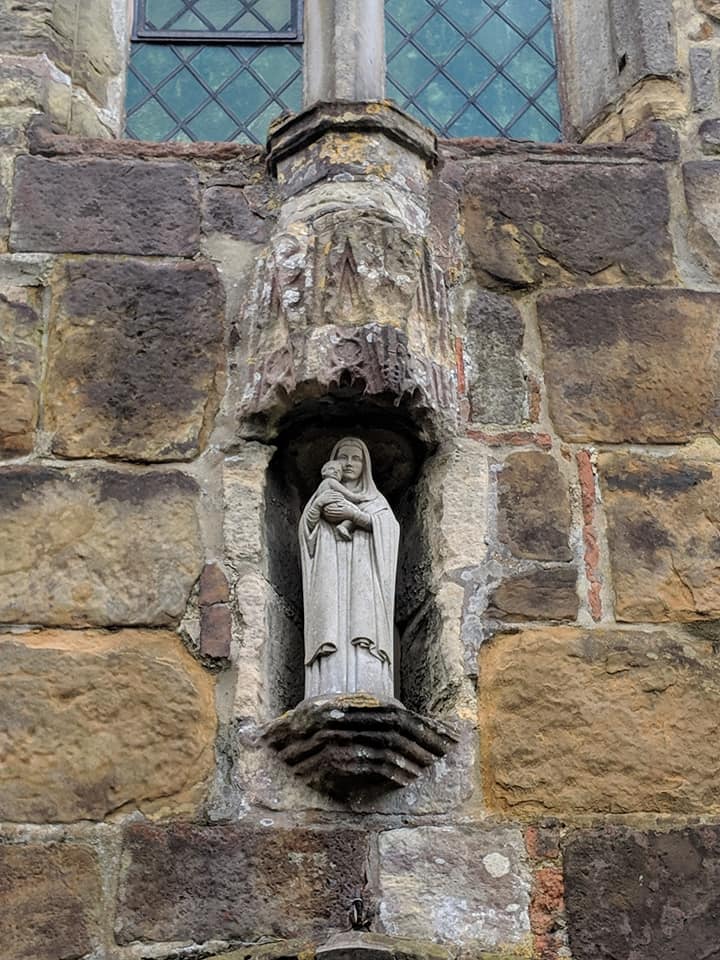Many people have used churchyards more during the pandemic, as a way of getting outside, getting exercise, or finding a place of peace.

These prayer stations are designed to encourage people who may not attend church, or pray much, to use your churchyard for spiritual reflection, and become familiar with the season of All Saints, All Souls, and Remembrance. They can be used be people of all ages.
There is a sign for the entrance to your churchyard and then there are four stations:
- All Hallows Eve – confronting our fears
- All Saints – remembering those whose lives inspire us in faith
- All Souls – remembering our own beloved dead
- Remembrance – honouring the sacrifice of those in war, and praying for peace
These can be put anywhere around your churchyard that is appropriate. However, one suggested way is:
- All Hallows Eve – by graves that have imagery (angels, skulls, cherubs, etc) to explore
- All Saints – by something with a saint’s name on it (your church’s sign, or a statue, if you have one)
- All Souls – a memorial bench
- Remembrance – a commonwealth war grave, or your war memorial (if outdoors)
What do I need?
The stations can primarily stand on their own without resources. However, you will need to laminate the pages so they’re waterproof, and, if possible, provide the following and ensure they’re checked and topped up regularly as needed:
- A basket of stones, to go by the sign at the entrance
- Rosemary and myrrh for the fourth station (these can be in waterproof plastic containers – you may want to provide hand sanitizer here as well)
- There is a space on the third prayer station for you to add a sticker with contact details for someone to talk to about bereavement
Download the stations here:


